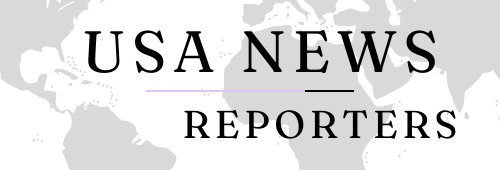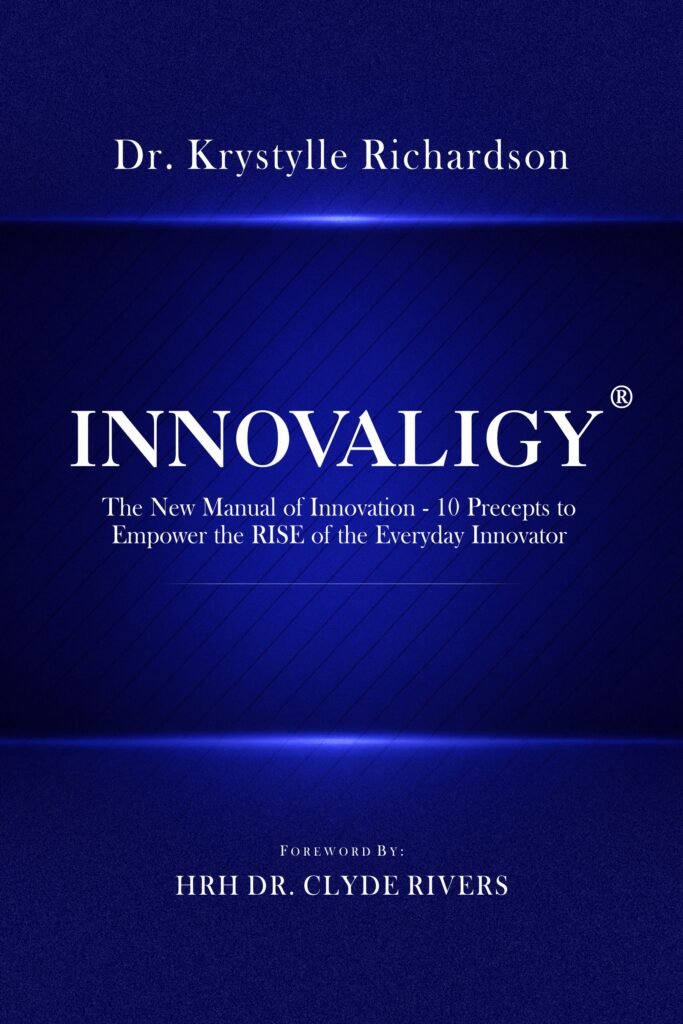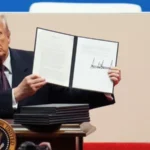Six Trump Executive Orders to Watch

Donald Trump has made a dramatic return to the US presidency with a series of executive orders aimed at addressing his top campaign priorities. These actions have stirred significant public attention, ranging from a crackdown on immigration to the reversal of policies aimed at protecting the environment. While the scope of these executive orders is extensive, the president faces considerable challenges that could prevent some of these measures from being fully implemented.
One of the most notable actions includes an executive order that designates drug cartels as “foreign terrorist organizations.” The order asserts that these cartels have wreaked havoc across the hemisphere with their violent tactics and have flooded the United States with drugs, posing a significant threat to national security. This designation could open the door to more aggressive tactics, including military interventions in Mexico or other countries harboring these organizations. However, there are serious concerns about the potential consequences. For example, prosecuting US citizens or businesses linked to these cartels could create legal complications, and such a move could worsen relations with countries like Mexico. Additionally, the legal implications of labeling drug dealers and users as “terrorists” could significantly alter the US legal landscape, potentially even affecting people and businesses along the US-Mexico border who are forced to make payments under duress.
Another significant executive order addresses Trump’s long-standing opposition to the Paris climate agreement. The order calls for the immediate submission of a formal request to withdraw from the accord, stating that the agreement does not align with US economic or environmental goals. While the US has already undergone a lengthy withdrawal process from the accord during Trump’s previous term, the legal and diplomatic hurdles involved in pulling out could once again stall the process. This withdrawal would have far-reaching consequences, particularly because the United States is one of the largest contributors to global greenhouse gas emissions. Trump’s decision to withdraw from the Paris climate deal would likely have a negative impact on international climate cooperation and damage the credibility of the US in global environmental leadership.
The US president also signed an order that aims to end birthright citizenship for children born in the US to immigrant parents who are in the country illegally. This would target individuals born to temporary residents as well. However, this order faces strong legal challenges due to the constitutional principle of birthright citizenship established in the 14th Amendment. Trump’s efforts to end this practice may lead to protracted legal battles that could ultimately be decided by the US Supreme Court. If successful, this move could lead to mass deportations and have long-term effects on the immigrant community.
Further, Trump issued another executive order to withdraw the US from the World Health Organization (WHO), citing the organization’s mishandling of the Covid-19 pandemic and its perceived softness towards China. While the move to leave the WHO has been initiated before, it has not yet been realized due to political and legal hurdles. If the US pulls out, it would lose its status as the largest individual contributor to the WHO’s budget, potentially crippling the organization’s ability to respond to global health emergencies. Critics argue that this could harm the health of Americans, particularly in terms of pandemic preparedness and access to vital health data.
Trump’s executive orders also touch on the renaming of the Gulf of Mexico, which he proposes to officially rename the Gulf of America. While Trump can enforce this change in official US documents, it faces significant resistance from Mexico, where the Gulf of Mexico remains the widely accepted name. There’s also the practical issue that the rest of the world, including global companies and organizations, would likely continue to use the traditional name. This order could spark diplomatic tensions between the US and Mexico, with international ramifications.
Lastly, an executive order affirms the US government’s policy to recognize only two sexes, male and female. This action seeks to undo policies that allowed for gender identity to be recognized in government services and workplaces. Trump’s team has argued that requiring the government to accommodate transgender individuals violates the First Amendment rights of those opposed to recognizing gender identity. Legal challenges to this order are expected, particularly from LGBTQ+ advocacy groups, and these cases could escalate to the US Supreme Court, where the conservative majority may rule in Trump’s favor. If upheld, the order would have significant consequences for how transgender people are treated in institutions such as prisons, shelters, and official documents.
While these executive orders represent Trump’s boldest moves to fulfill campaign promises, they face numerous legal, political, and diplomatic hurdles that could delay or even prevent their implementation. The coming months will determine whether these actions will successfully reshape US policies or falter in the face of resistance from various stakeholders, including the courts, foreign governments, and the public.










